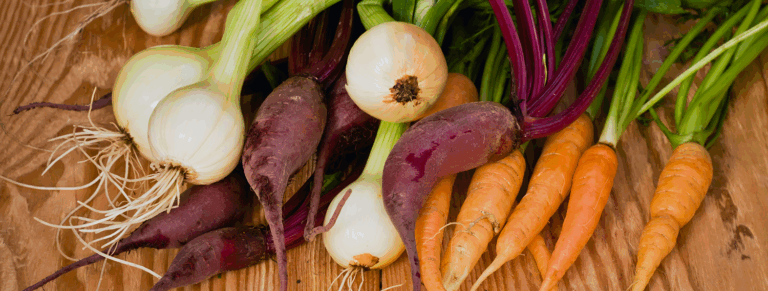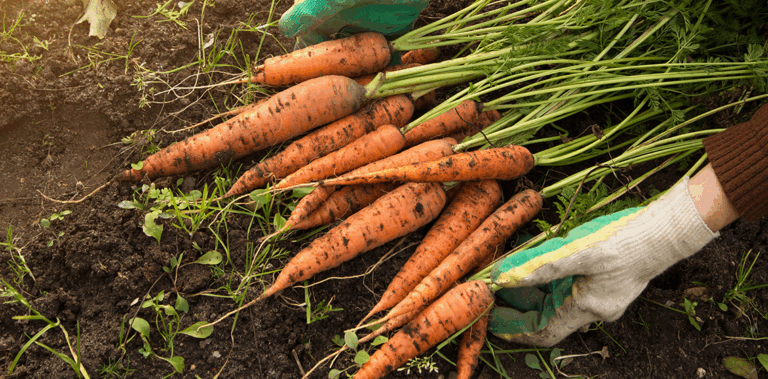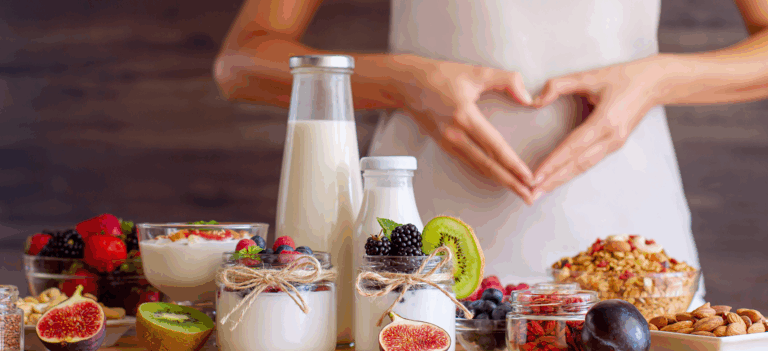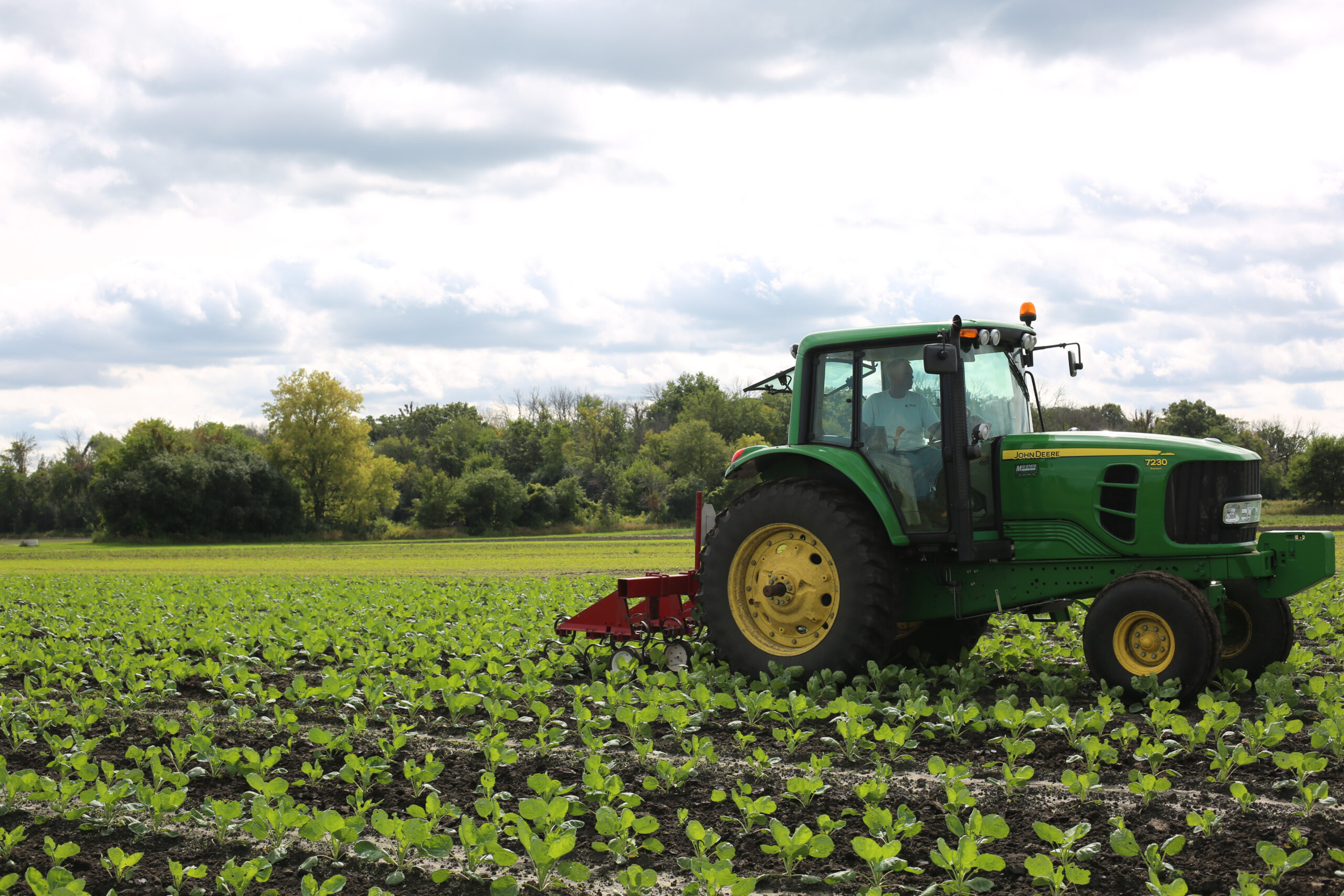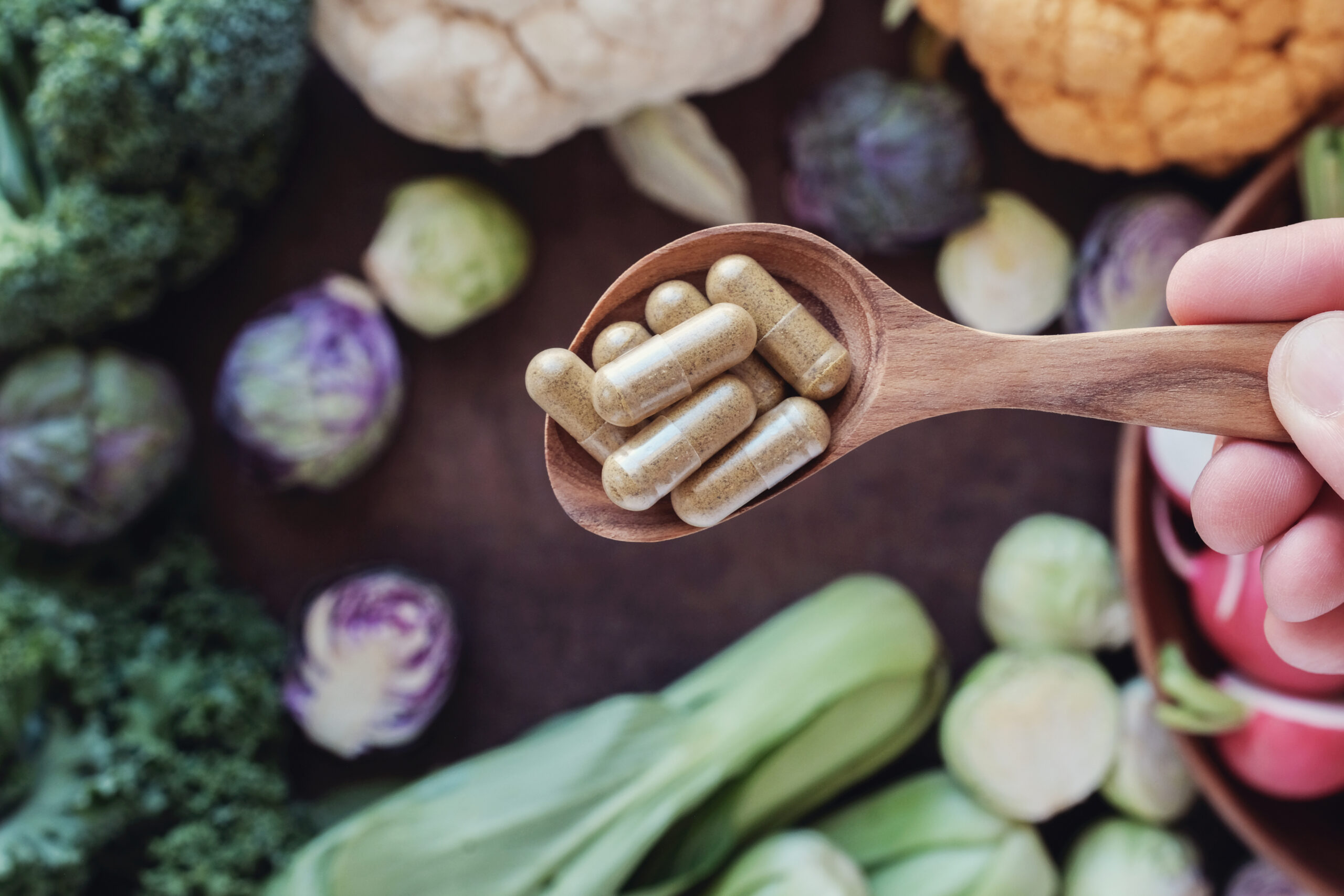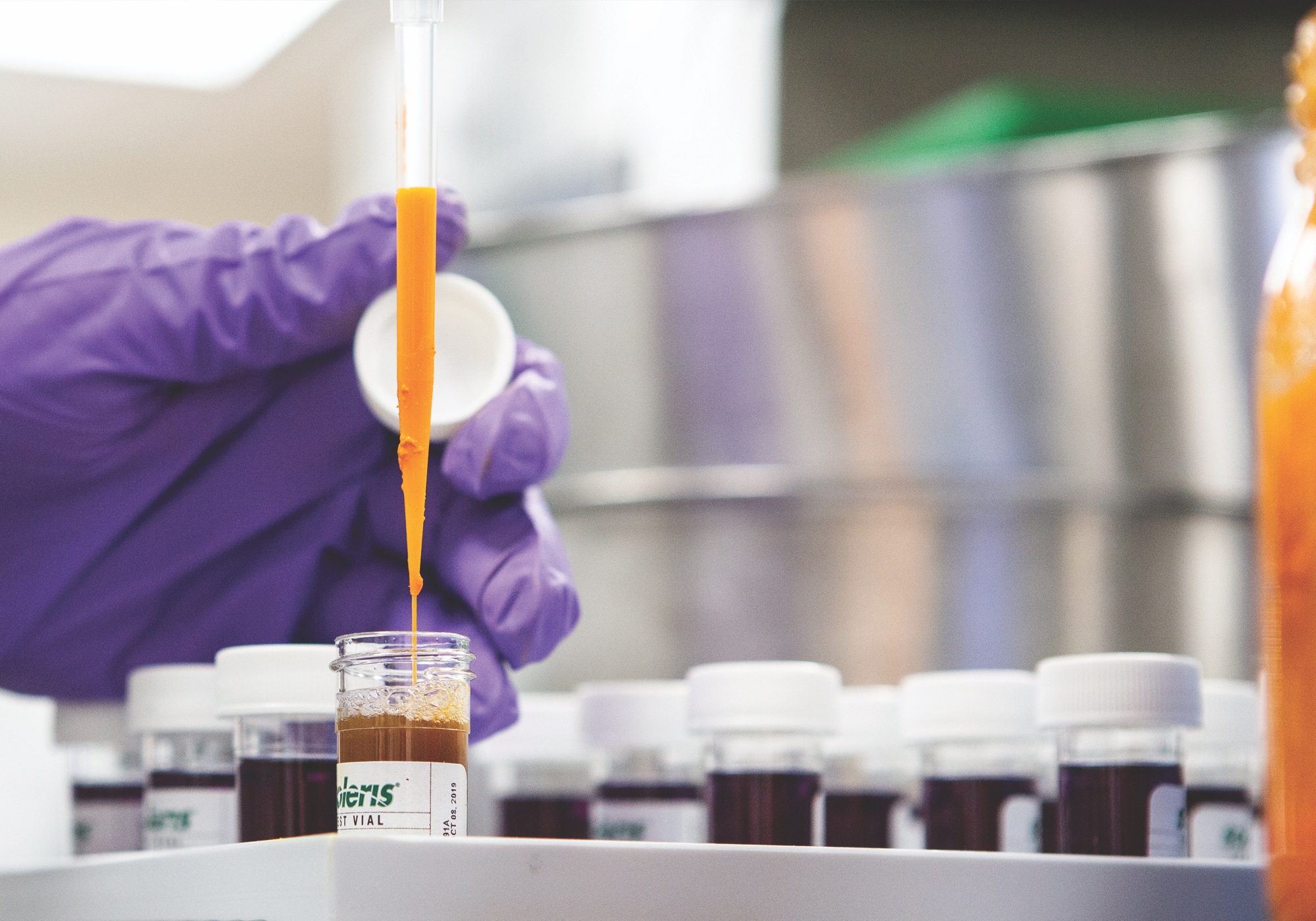Scientific name:Marrubium vulgare
Constituents:
- Diterpenoid lactones (bitter principles): marrubiin (formed from premarrubiin), marrubiol, marrubenol, vulgarol & marrubinic acid
- Volatile oil: camphene, p-cymene, fenchene
- Caffeic acid derivatives: chlorogenic acid & cryptochlorogenic acid
- Flavonoids: chrysoeriol, vicenin II, luteolin & apigenin
- Phenylpropanoid glycosides (acteoside, forsythoside, arenarioside & ballotetroside)
- Alkaloids
- Resin
- Phytosterols
- Saponins
- Vitamin C
- Tannins
Medicinal actions:
- Analgesic
- Anti-parasitic
- Antispasmodic
- Astringent
- Bitter
- Cholagogue
- Emmenagogue
- Expectorant (Stimulating/Amphoteric)
- Diaphoretic
- Hypoglycemic
- Vulnerary
Mechanism of Action & Pharmacology:
- Diterpenes (marrubenol and marrubiin) appear to be most active compounds. Along with volatile oil, resins have exhibited expectorant activity which may result from direct stimulation of bronchial mucosal secretions.
- Volatile oils are antimicrobial and hypotensive.
- Anti-inflammatory effects of marrubiin do not appear to be involved in the inhibition of cyclooxygenase or opioid receptors, but showed a moderate inhibition of pro-inflammatory cytokine TNF-alpha. Flavonoids also have anti-inflammatory effects.
- Marrubiin exhibits potent and dose-related antinociceptive effects in mice.
- Phenylpropanoid glycosides have been implicated as the active constituents involved in inhibition of low-density lipoprotein (LDL) oxidation.
- Whole extract and marrubiin displays anti-ulcer activity and gastroprotective effects in mice.
- Bitter principle act as a gastric juice stimulant; marrubinic acid acts as a choleretic to increase bile secretion.
- Tannins are astringent to mucus membranes.
Pharmacy:
- Infusion
- Tincture
- Capsules
- Syrup
Safety & Toxicity Concerns:
- Avoid during pregnancy & lactation.
- Monitor hypertension with long-term use (best used acutely).
Interactions:
- None known.

